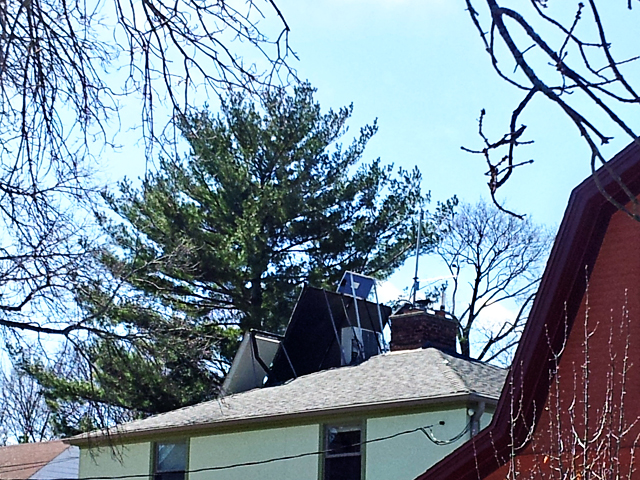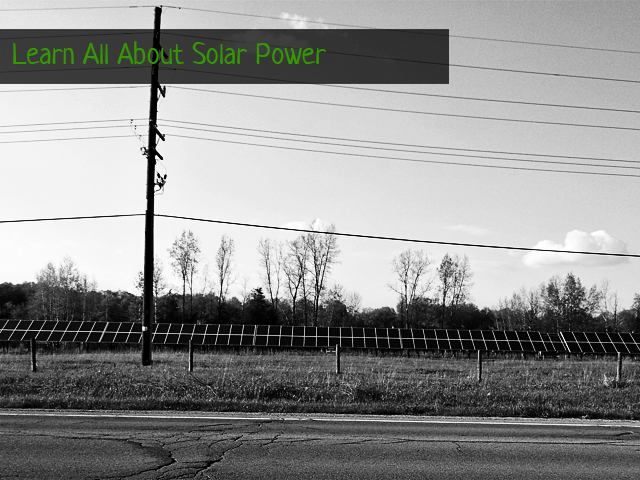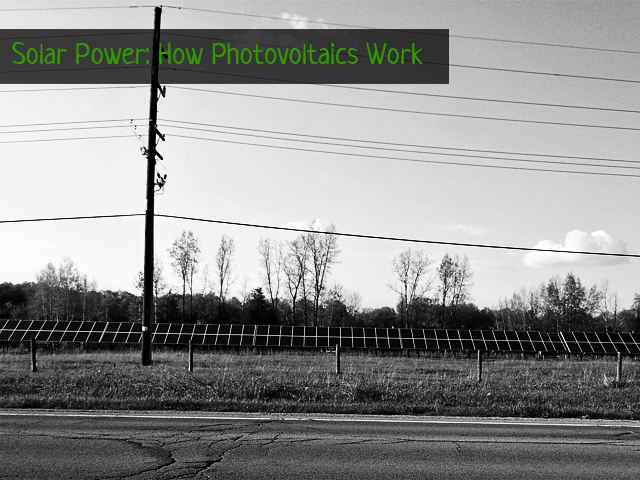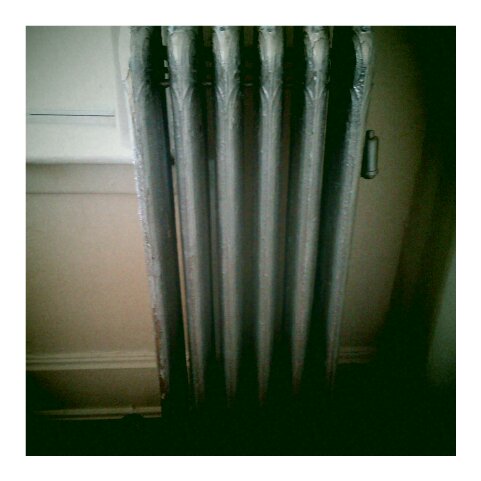A few weeks ago I wrote about getting started with a home solar power project. That post was an overview on how much power you might need to power your home, and how much a home solar power project is likely to cost you. This week I’m going to start the deep dive, and I’ll use our home as an example.
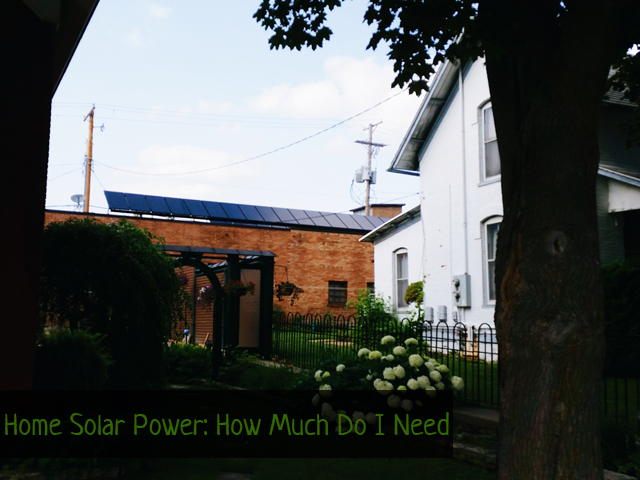
So, how much solar power do I need?
Well, let’s start with a quick overview of our household, so you can do a simple comparison to your own home and get an idea of if you’ll need more or less before doing your own deep dive.
Our house is a single story bungalow, a little over 1000 square feet. It is home to my husband Neil, our toddler Eli, and myself. We live in a small town in Wisconsin, so we have both cold winters, and fairly warm, humid summers. We are careful with our energy use, but we enjoy pretty much all modern amenities, with the exception of a dishwasher and a microwave. Our appliances are aging, 15 – 20 years is my guess, and we have an electric stove.
We are connected to the grid, and if we put in solar power here, we would stay connected to the grid.
Step 1: Calculate your energy use
Look up the amount of Kwh of electricity that you have used for each billing cycle over the past year. Add it all together, and divide by 365 (or 366 if it was a leap year).
You might think that you should look at your highest energy use month and use that to find your daily use. This method would help ensure that you are drawing all your energy from solar power all year long, but it is also going to cause the size of your solar project to go up quite a bit. This can be both cost and space prohibitive.
By building a solar power project based on energy use averaged over the entire year, you will probably have to buy some extra electricity during the winter, when there is less sunshine and you are possibly using more electricity. But in the summer, you will produce enough to sell back to the grid, recouping your electricity costs in the winter, and over time your solar power project costs. It will also keep your solar panel array to a more manageable size and cost.
Realistically, if you live in a city or town, you’re just not going to have the space necessary to put in enough solar power to meet your entire usage needs. But knowing how much you are using daily will put your project in scope from the beginning, and maybe also help you to think about where you could start cutting back. Remember, if you don’t use the energy in the first place you don’t have to pay for it, and we don’t have to create it by any means, saving all sorts of resources.
OK, so on to our house and our energy use. For the 7 months that we’ve been home owners thus far, I’ve been chronicling our energy use in the energy efficiency project posts. So far we’ve used 2873 Kwh over 208 days. This puts our average daily use at 13.8 Kwh. This is actually a pretty low ball estimate of our daily electricity use, because keep in mind that we were only living here part time for 5 of those months. As we continue living in this house, I’ll revisit these numbers and update as we get a more realistic idea of our average daily use.
Ok. So our goal is to produce 13.8 Kwh of electricity each day with our future solar panels.
Step 2: Find the amount of sun hours your location gets
We use 13.8 kwh of electricity each day, on average. But we don’t need to produce all that electricity at once, just over the course of the day. Because, as I’m sure you’re well aware, the sun doesn’t shine for just one hour most days. In the summer, it might be shining for 14 – 16 hours per day, and with solar panels you can turn that sunlight into electricity the entire time it’s shining. But, as I’m also sure you’re well aware, sometimes the sun really does only peak out for a short while, and some days not at all. So you need to find the average amount of time that the sun shines in your location each day.
Most companies that sell solar panels and accessories have charts and maps that can help you figure our the average hours of sunshine your location gets per day. For example, this chart on the Wholesale Solar website tells me that Madison, WI gets an average of 4.3 hours of sunlight each day. Again, this number is averaged over the entire year, so using it in my calculations means that on cloudy winter days, I’ll probably have to purchase electricity from the grid. But on sunny summer days, I’ll produce extra electricity that I’ll be able to sell back to my power company.
Step 3: Calculate the amount of solar power capacity you need.
Solar power capacity is the amount of kilowatts your panel array can produce when the sun is shining on it at any moment. It’s pretty simple to calculate: Take your average daily electricity use, and divide it by the average daily hours of sunlight in your area.
For us, 13.8 kwh / 4.3 hours = 3.2 kilowatts.
So we want enough solar panels to produce 3.2 kilowatts of electricity.
Step 4: Factor in efficiency
You may remember from high school physics (or maybe not) that when energy is converted from one form to another, their are losses. In this case, when the light energy from the sun is converted into electrical energy by the solar panels, not all of the solar energy collected gets turned into electricity. Some of it is lost as heat, or friction between the electrons in the wires, etc. Currently, solar panels are 78% efficient. Meaning that 78% of the solar energy they collect, makes it into electricity.
In order to account for this efficiency (or inefficiency, as the case may be) we divide our solar power capacity by 0.78.
So, how much solar power do I need? 3.2 Kw * 0.78 = 4.1 Kw
In order to power our home we need enough panels to produce 4.1 Kw of electricity. How about you?
Or at least in an ideal situation. Next time we’ll take a look at other things we need to consider.
…
Have you signed up for the building earth newsletter yet? You can do that here!
Want to learn more about solar power? Check out how it’s made in these posts: Solar Power part 1, Solar Power part 2
Keep up with building earth by following us on facebook, pinterest, or on @buildingearth on instagram



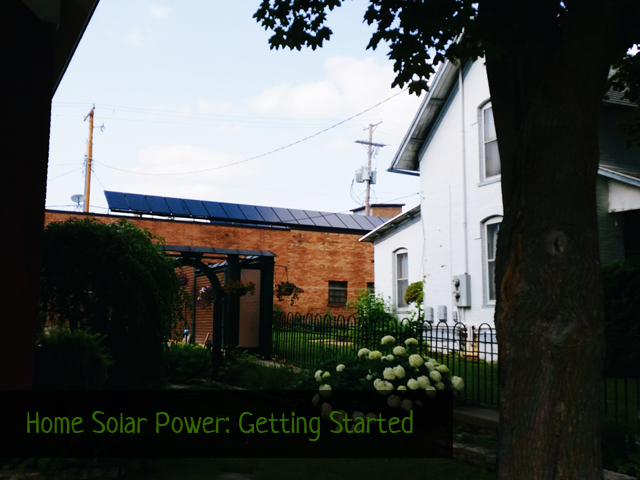 A couple weekends ago I had to opportunity to attend a class entitled “Do It Yourself Photovoltaics” which was put on through our local garden center. The man who taught the class, Mr. Jon Passi, stressed that his goal was to make solar power projects as accessible as possible to others, and encouraged us to share what we learned from his class with our neighbors, so I’d like to share a bit about what I learned with you.
A couple weekends ago I had to opportunity to attend a class entitled “Do It Yourself Photovoltaics” which was put on through our local garden center. The man who taught the class, Mr. Jon Passi, stressed that his goal was to make solar power projects as accessible as possible to others, and encouraged us to share what we learned from his class with our neighbors, so I’d like to share a bit about what I learned with you.
